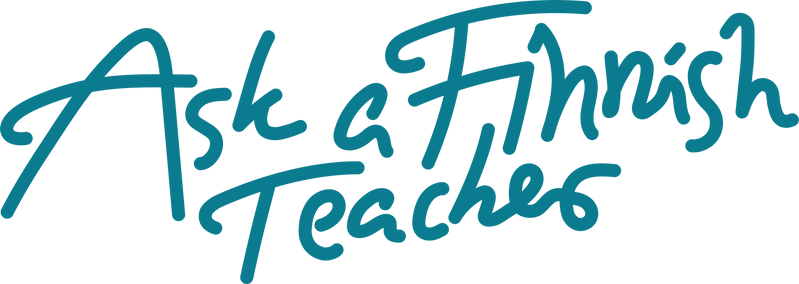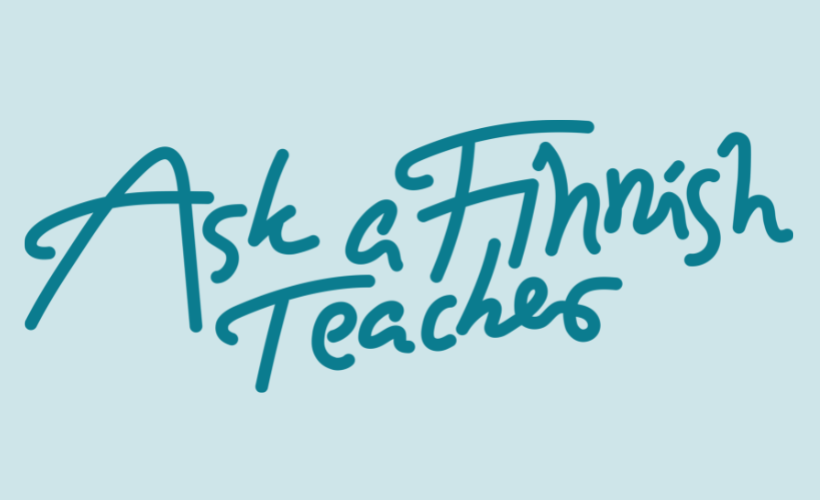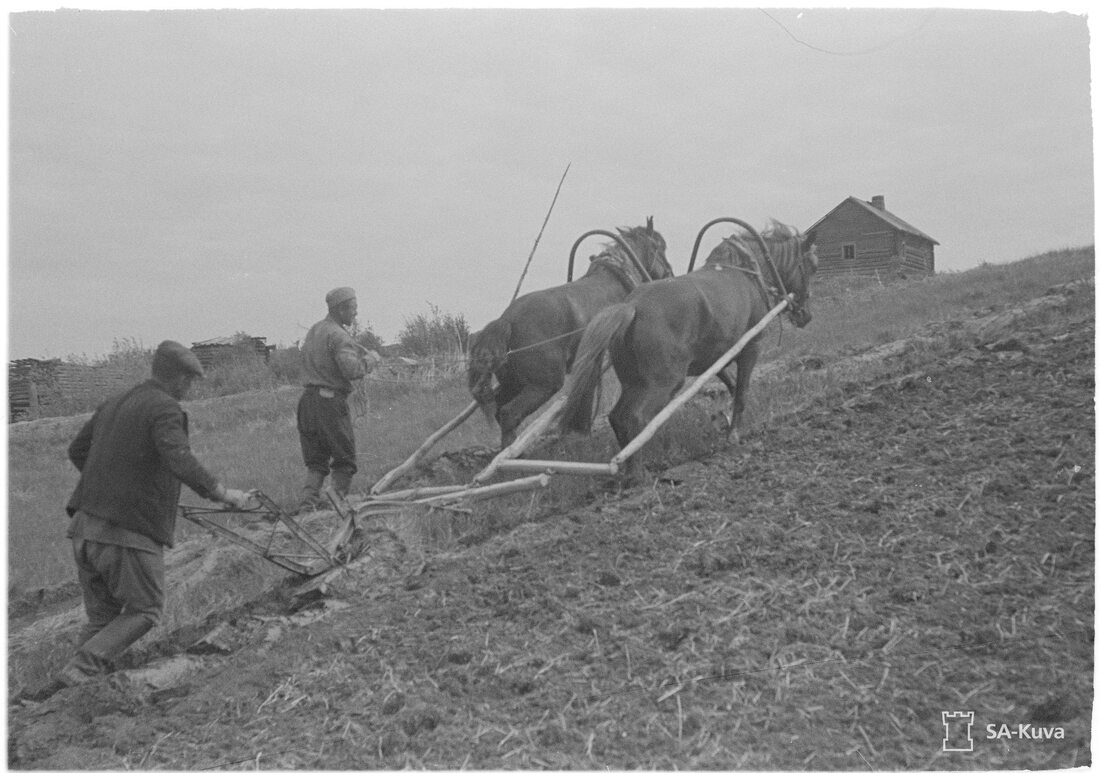My previous post about preparing for YKI was written over two years ago, and also at a time when I wasn’t quite up to speed on the latest developments in the world of YKI. Now, I’m regularly helping students prepare for their YKI exams again, so it’s high time for an updated version!
1. Start by getting on idea of what your current level in Finnish is. If you have access to a Finnish language professional to help you figure out what your current level is, great (you could even hire me to help you with this if you like). If you don’t (and actually, even if you do), check out the criteria for the YKI skill levels. While your’re reading the criteria, think about your current skills. Where are you on the YKI scale at the moment? The YKI levels correspond with the CEFR levels, so you might want to check out those as well. Helsingin aikuisopisto also has a test to help you with self-assessment.
2. Set a realistic goal. If you’ve only just begun to study Finnish, it’ll take a year at the very least to get to level 3, and this is if you can study and practice daily. It might take much longer, because things like life and stress and insomnia and falling in love and spending all your time playing the guitar have a tendency of getting in the way of language learning. But if you have all the right resources to study hard and learn quickly, it’s possible to get there in a year.
3. Make some kind of plan. When will you take the test? Will you attend a course or hire a private teacher beforehand to help you prepare? Will you use a textbook? There are many excellent teachers and YKI courses out there, but some great options are my very own Steps towards YKI online courses.
4. Practice with Yle’s YKItreenit. If you plan to attend a course, you might also do these during the course, but some repetition never hurts. Gimara also has some great, free materials to help you practice for YKI.
5. Read Hanna Männikkölahti’s YKI tips on her excellent blog Random Finnish Lesson.
6. Sign up for the test as early as possible. Before the current pandemic, you already had to be quick to secure a spot in the YKI test, especially in the Helsinki region, but now that some tests were canceled in the spring there is a real shortage of test spots, and I’ve heard that they tend to fill up in a few minutes. If it’s a possibility for you to do the test in another city than Helsinki, that might be worth considering, as there’s usually better availability in smaller cities.
7. Get as much information about the test as you can. Get acquainted with the structure of the test, and if at all possible, do some kind of practice test. You can find a demo test with explanations here. Most longer YKI preparative courses will include a practice test or even several.
8. Study in the months and weeks before the test, but relax the day, night and morning before. Panicky last minute revision may work for some people doing some tests some of the time, but the YKI test is a test with the goal of assessing all of your knowledge of the Finnish language. The day before, if you’re not ready then it’s too late anyway, so you might as well spend your time doing something fun to take your mind off it and to balance out the hard day of testing ahead.
9. Put it into perspective. Tests are never perfect, and they unfortunately never capture the whole truth about anyone’s language skills. So if happen to fail or get a worse level than you hoped for, don’t despair – maybe you had a bad day or some bad luck with the topics assigned in the test. Take some time to figure out where the problem was and make plans to try again.
10. Believe in yourself. You can do this, I know you can!

P.S.: My next YKI course is in October 2024, and we will be focusing on the speaking part of the text. Here’s the course page! If you’re reading this at a later time, here are all my upcoming courses.





